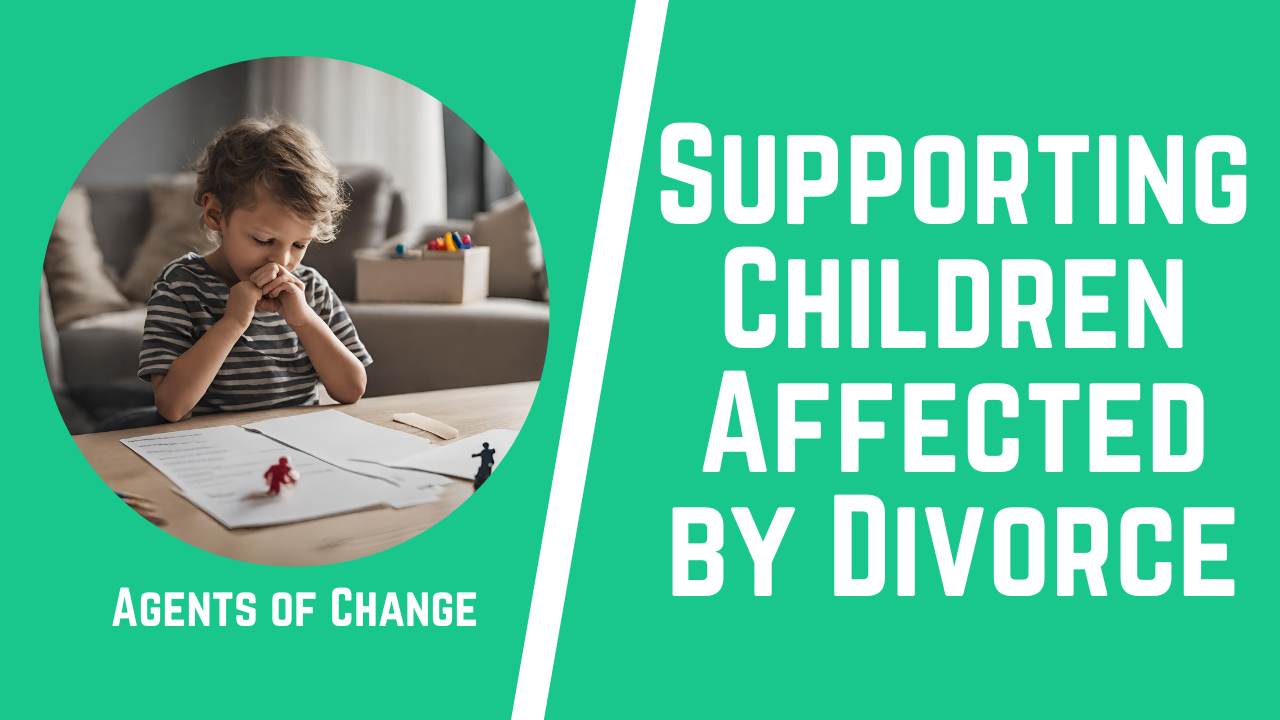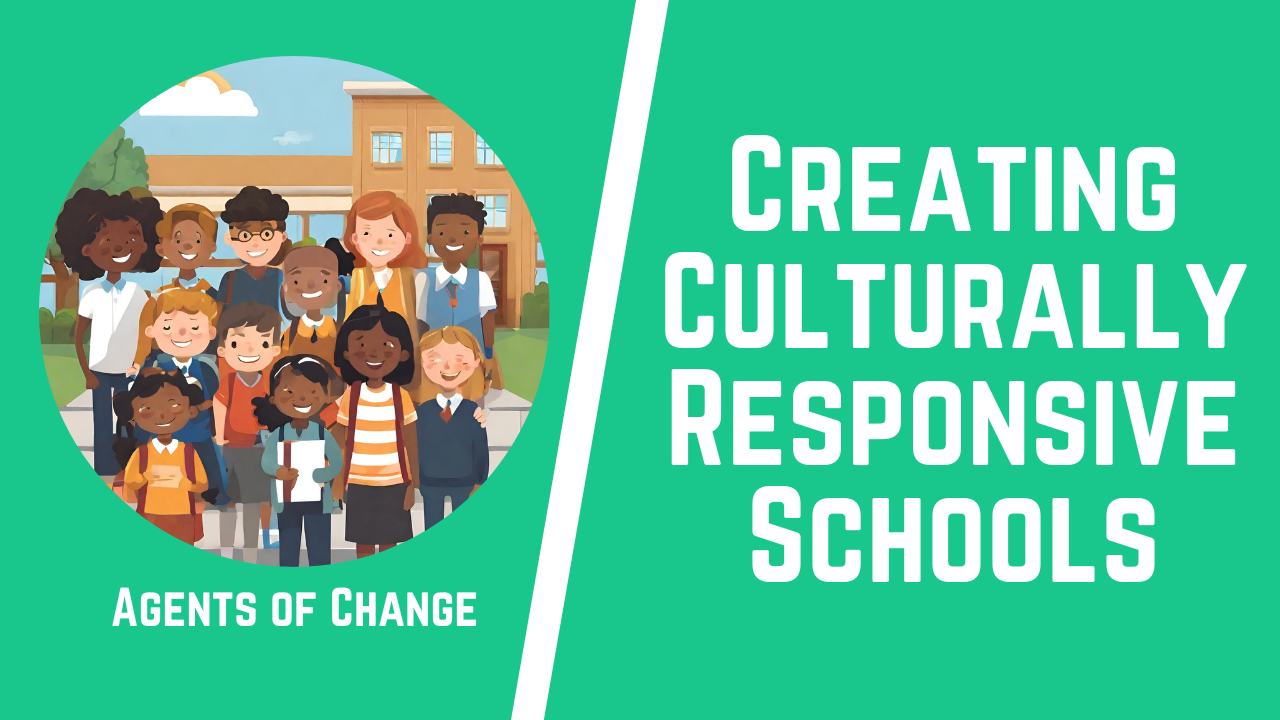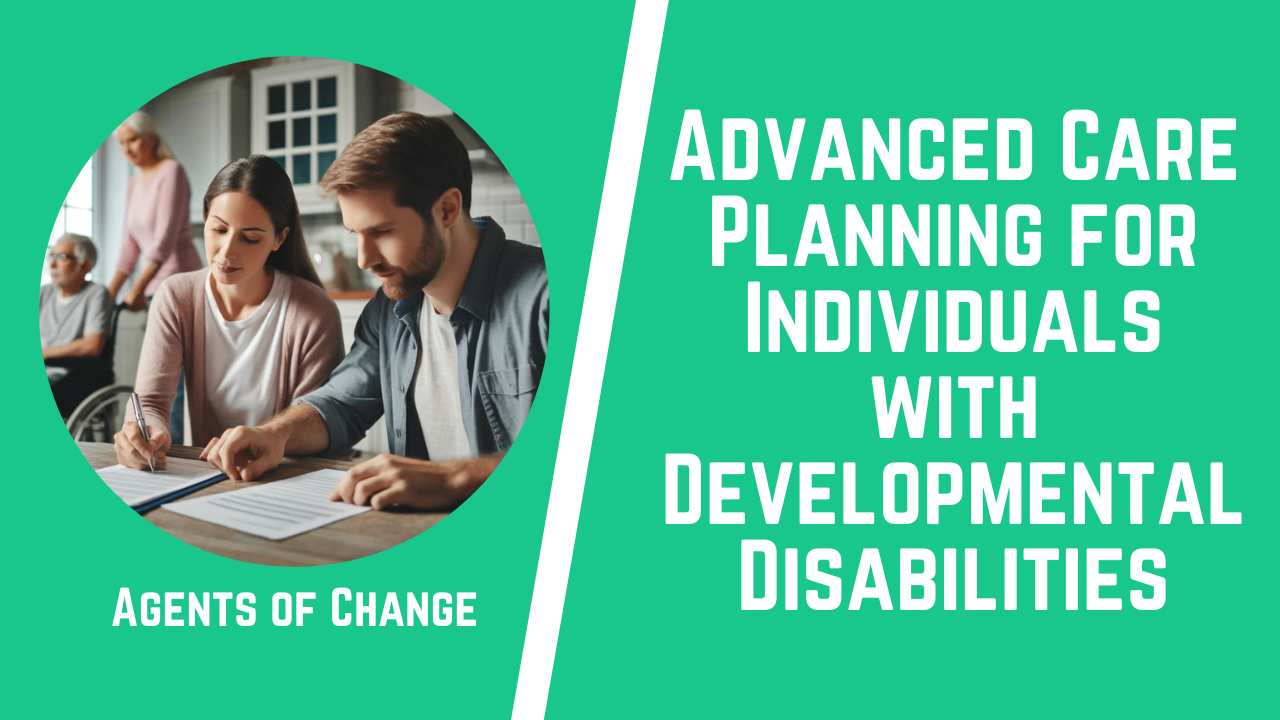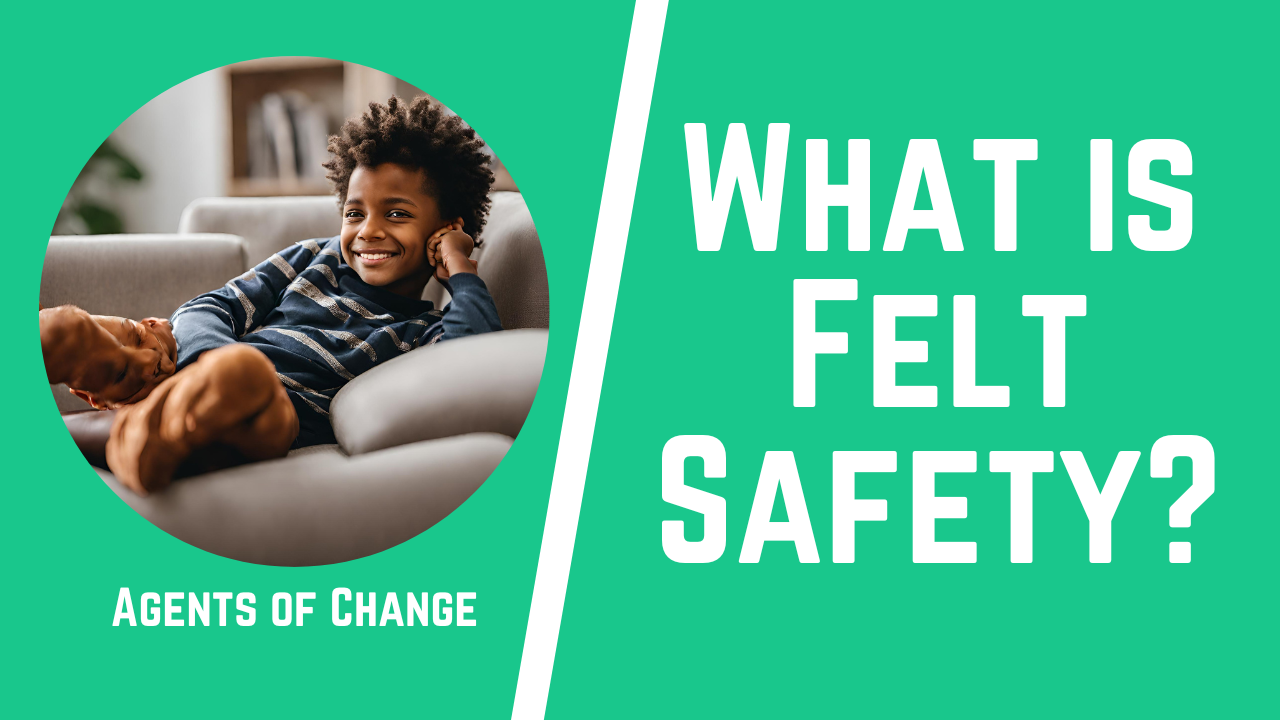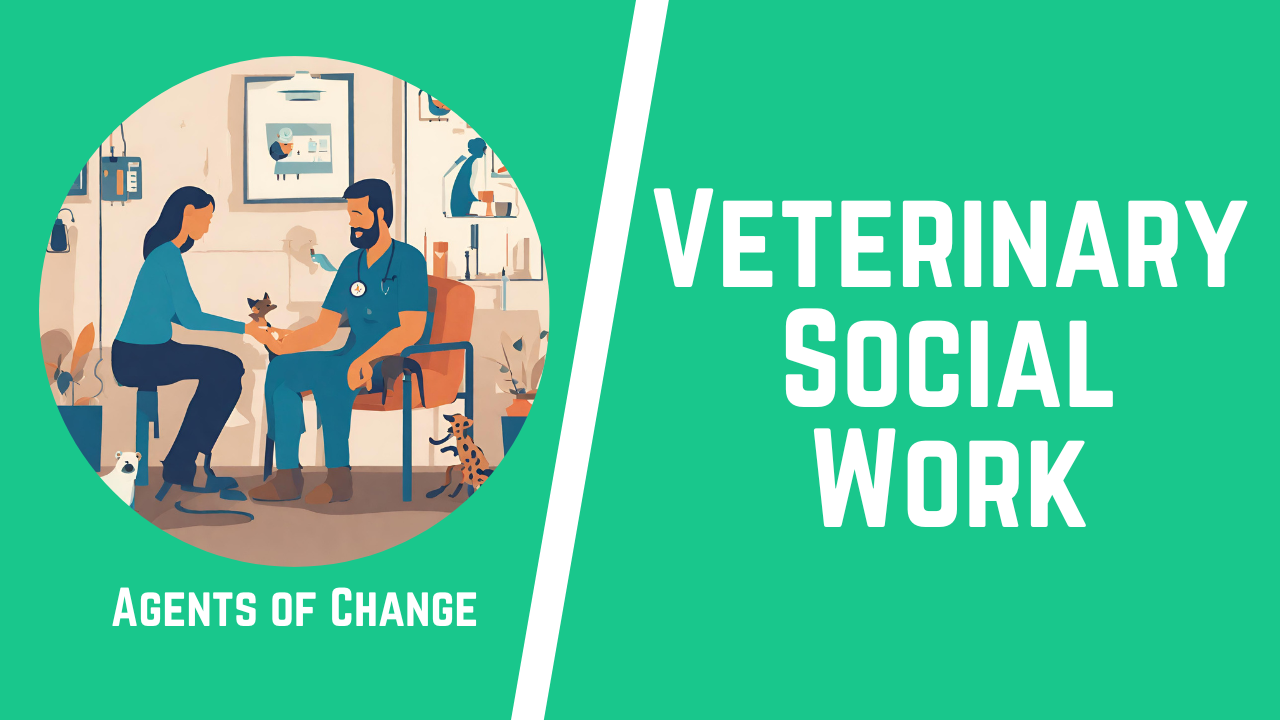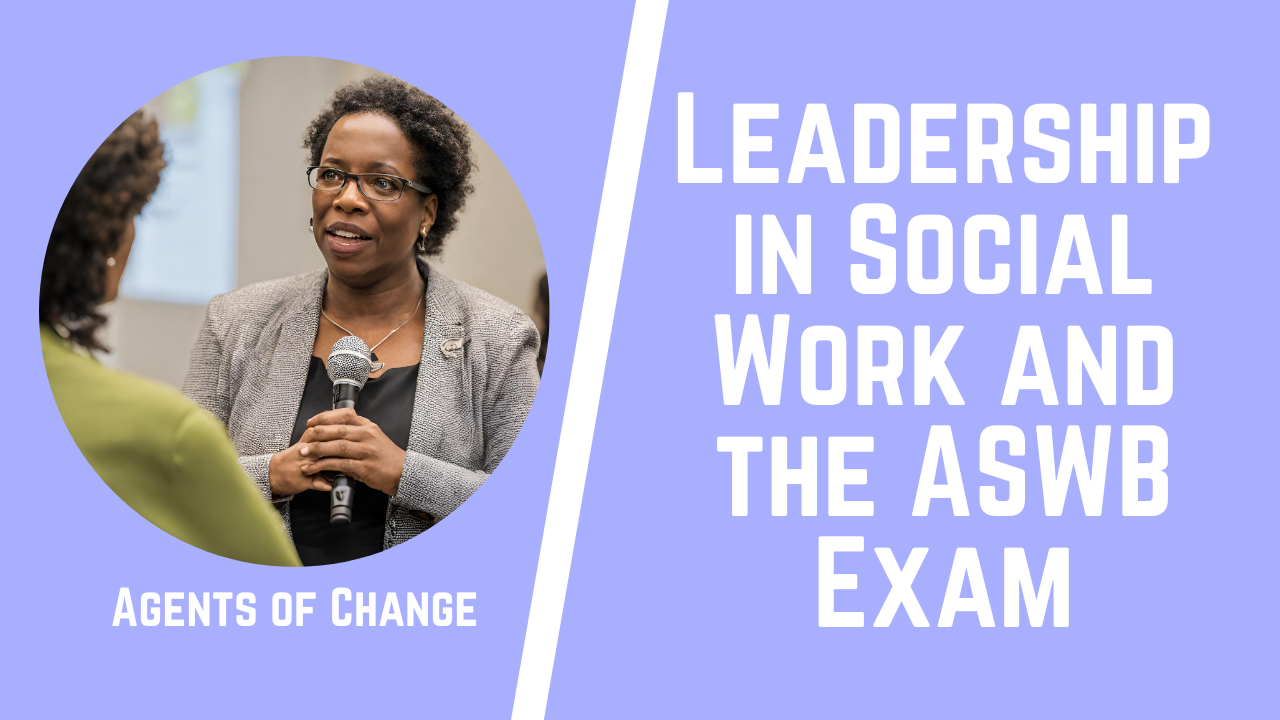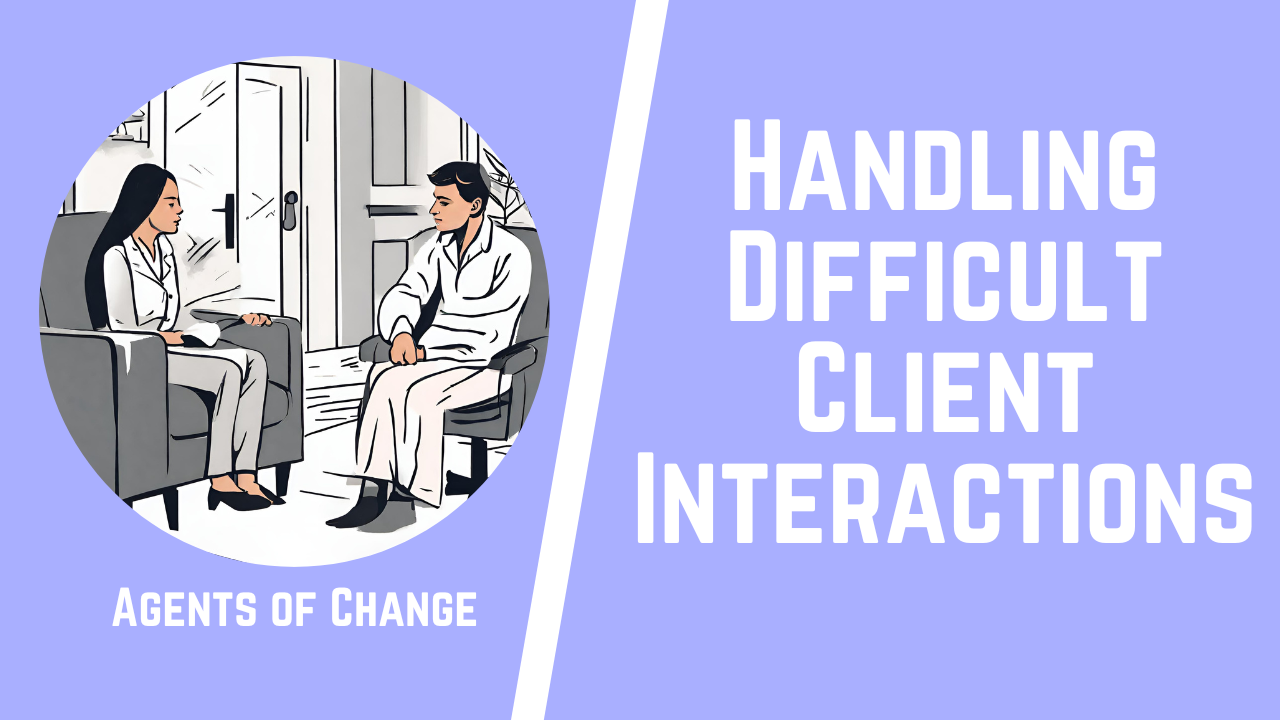Welcome to our deep dive into the human behavior known as “The Fawning Response.” Picture this: You’re in a situation where the air feels heavy with expectation, and without even realizing it, you’re nodding along, laughing a bit too loudly at jokes that aren’t funny, and agreeing to things you’d normally balk at. Sound familiar?
This phenomenon isn’t just about being agreeable; it’s a complex psychological maneuver many of us perform, sometimes subconsciously, to navigate the choppy waters of social acceptance and conflict avoidance.
But at what cost? As we peel back the layers of this behavioral pattern, we invite you to join us on a journey of self-discovery and empowerment, exploring how fawning shapes our interactions and the steps we can take to find a balance between congeniality and authenticity.
Did you know? Agents of Change Continuing Education offers Unlimited Access to 150+ CE courses for one low annual fee to meet your state’s requirements for Continuing Education credits.
We’ve helped thousands of Social Workers with Continuing Education, learn more here about Agents of Change and claim your 5 free CEUs.
1) What Is The Fawning Response?
The Fawning response is a psychological phenomenon that surfaces when an individual feels threatened or under duress, leading them to adopt a subservient or overly accommodating demeanor towards others.
This behavior is rooted in a deep-seated desire to avoid conflict, gain approval, and maintain harmony in relationships, whether they be personal or professional. Unlike the fight, flight, or freeze responses, which are also reactions to perceived threats, fawning is characterized by a strategic, albeit often subconscious, attempt to disarm potential aggressors or critics through appeasement.
Origins and Psychological Background
- Rooted in Trauma: Often, individuals who exhibit the fawning response have a history of trauma, where pleasing others became a coping mechanism to navigate a challenging environment.
- Learned Behavior: For some, fawning is learned behavior modeled by caregivers or authority figures, teaching them that self-worth is contingent upon the approval of others.
Mechanics of Fawning
- Cognitive Dissonance: Engaging in fawning behavior can lead to cognitive dissonance, where there’s a stark contrast between one’s actions and inner beliefs or desires.
- Emotional Labor: Fawning requires a significant amount of emotional labor, as individuals suppress their true feelings to cater to others, often leading to emotional exhaustion.
Identifying Fawning in Yourself and Others
- Over-Agreeability: Saying yes to requests or demands, even when it’s detrimental to one’s own interests or well-being.
- Lack of Boundaries: Struggling to assert personal boundaries due to fear of upsetting others.
- Chameleon-Like Behavior: Altering opinions, interests, or even personality traits to align with those around them.
The Impact of Fawning
- On Relationships: While it might create short-term peace, fawning can erode trust and authenticity in relationships, as it prevents genuine connections from forming.
- On Self-Perception: Continuous fawning can lead to a diminished sense of self, as individuals prioritize others’ needs and opinions over their own.
- On Mental Health: The constant suppression of one’s true self can contribute to anxiety, depression, and a host of other mental health issues.
Understanding the Fawning response is crucial for recognizing it in ourselves and others. By identifying this behavior, we can begin the work of setting healthy boundaries, cultivating self-worth independent of others’ approval, and engaging in more authentic and fulfilling relationships.
Agents of Change Continuing Education offers Unlimited Access to 150+ CE courses for one low annual fee to meet your state’s requirements for Continuing Education.
2) Navigating The Fawning Response
Navigating the Fawning response requires self-awareness, boundary setting, assertiveness training, and sometimes professional help. This journey is about moving from a place of automatic appeasement to one of authentic interaction, where your needs and feelings are valued and expressed.
Developing Self-Awareness
The first step in overcoming the Fawning response is recognizing it within yourself. This requires a deep and sometimes uncomfortable look into your behaviors and the motivations behind them.
- Reflection and Journaling: Start by reflecting on past instances where you may have fawned. Journaling about these experiences can help identify patterns and triggers.
- Mindfulness Practices: Engaging in mindfulness can increase your awareness of the present moment, helping you recognize when you’re slipping into fawning behaviors.
Setting Boundaries
Learning to set healthy boundaries is crucial for those who struggle with the Fawning response. Boundaries help you define what you are comfortable with and how you expect to be treated by others.
- Identify Non-Negotiables: What are the things you are not willing to compromise on? Identifying these will help you understand where you need to draw the line.
- Communicate Clearly: Once you know your boundaries, practice communicating them to others. Remember, setting boundaries is not about being confrontational but about respecting yourself and your needs.
Practicing Assertiveness
Being assertive is about expressing your thoughts, feelings, and needs in an open and honest way, without infringing on the rights of others. It’s a critical skill for those looking to move away from fawning.
- Assertiveness Training: Consider taking a course or reading books on assertiveness. Role-playing scenarios in which you practice assertive communication can also be beneficial.
- Small Steps: Begin with small, low-stakes situations to practice speaking up for yourself. This could be as simple as expressing a preference for where to eat when asked.
Seeking Support
You don’t have to navigate this path alone. Seeking support from friends, family, or professionals can provide you with the tools and encouragement needed to overcome the Fawning response.
- Therapy: A therapist can help you understand the root causes of your fawning behavior and develop strategies to address it.
- Support Groups: Joining a support group with others who struggle with similar issues can provide a sense of community and shared learning.
Educational Resources
Educating yourself about the Fawning response and related psychological concepts can empower you to make informed changes in your behavior.
- Courses and Workshops: Look for courses, like those offered by Agents of Change Continuing Education, that focus on building self-esteem, assertiveness, and emotional intelligence.
3) How Can Social Workers Support Clients Who Fawn?
Social Workers play a pivotal role in supporting clients who exhibit the Fawning response, often seen in individuals who have experienced trauma, high-stress environments, or possess low self-esteem.
Their support can be instrumental in helping clients understand and modify this behavior, leading to healthier interpersonal dynamics and improved self-concept.
Building Trust and Safety
The foundation of any therapeutic relationship, especially when addressing behaviors like fawning, is trust and safety. Clients need to feel secure and understood before they can begin to explore and modify deep-seated behaviors.
- Create a Nonjudgmental Environment: Emphasize that all feelings and behaviors are valid and that the therapeutic space is a safe zone for exploration and healing.
- Validate Experiences: Acknowledge the client’s feelings and experiences, validating their emotional responses and reinforcing that their feelings matter.
Enhancing Self-Awareness
Helping clients become more aware of their fawning behaviors and the situations in which they occur is a critical step in the process of change.
- Reflective Listening and Mirroring: Use these techniques to help clients recognize their patterns of behavior and the emotions that drive them.
- Journaling and Self-Monitoring: Encourage clients to keep a journal of instances where they notice themselves fawning, including the triggers and their feelings before, during, and after the event.
Teaching Boundary Setting
Clients who fawn often have difficulty establishing and maintaining boundaries. Social Workers can equip clients with the tools they need to start setting healthy boundaries.
- Identify Boundaries: Work with clients to identify areas in their lives where they need stronger boundaries.
- Role-Playing: Engage in role-playing exercises to practice setting boundaries in a safe, supportive environment.
Developing Assertiveness Skills
Assertiveness training can be a powerful tool for clients struggling with the fawning response, enabling them to express their needs and opinions respectfully and confidently.
- Assertiveness Techniques: Teach clients specific assertiveness techniques, such as using “I” statements to express their feelings and needs.
- Gradual Exposure: Start with low-risk situations to practice assertiveness and gradually move to more challenging scenarios.
Cognitive-Behavioral Strategies
Cognitive-behavioral therapy (CBT) techniques can be particularly effective in addressing the thoughts and beliefs that underlie fawning behaviors.
- Challenge Cognitive Distortions: Help clients identify and challenge the irrational beliefs that contribute to their fawning behavior, such as the fear of rejection or the belief that their worth is tied to others’ approval.
- Behavioral Experiments: Encourage clients to test new behaviors in real-life situations and observe the outcomes, helping build evidence that contradicts their fears and beliefs.
Encouraging Self-Compassion
Self-compassion is a critical component of healing for individuals who fawn, as it involves treating oneself with the same kindness and understanding that one would offer to a good friend.
- Mindfulness Exercises: Introduce mindfulness as a way to stay present and nonjudgmentally aware of one’s thoughts and feelings.
- Self-Compassion Practices: Teach clients practices that foster self-compassion, such as writing letters to themselves from a compassionate perspective.
Professional Development for Social Workers
To effectively support clients with these issues, Social Workers themselves may benefit from continuing education opportunities that deepen their understanding of the fawning response and enhance their therapeutic skills.
- Continuing Education: Engage in courses and workshops, like those offered by Agents of Change Continuing Education, focusing on trauma-informed care, boundary setting, and assertiveness training.
- Supervision and Consultation: Seek out supervision or consultation to discuss cases and receive guidance on best practices for supporting clients who fawn.
4) FAQs – The Fawning Response
Q: What makes the Fawning response different from simply being polite or agreeable?
A: There are several characteristics that make fawning different:
- Nature and Intent: Politeness and basic agreeableness are social lubricants, intended to smooth interactions in a variety of settings. The Fawning response, however, stems from a deeper, often subconscious, need to avoid conflict, appease others, or seek approval, driven by fear or a sense of insecurity.
- Impact on Self: While being polite is generally a conscious choice with little to no negative impact on one’s sense of self, the Fawning response can lead to a loss of personal boundaries, suppressed emotions, and a diminished sense of self-worth.
- Frequency and Context: Politeness is situational and balanced with one’s own needs and desires. In contrast, fawning is a habitual, pervasive pattern that prioritizes others’ needs and approval over one’s own well-being, often at a significant personal cost.
Q: Can someone “grow out” of the fawning response, or is it a lifelong pattern?
A: Yes, someone can modify their Fawning response behaviors:
- Potential for Change: Individuals can indeed modify their fawning behaviors. The key to overcoming the Fawning response lies in developing self-awareness, learning to set and enforce personal boundaries, and practicing assertiveness. Like any behavioral change, this process requires time, effort, and often the support of a therapist or counselor.
- Role of Support: Professional support can be crucial in understanding the underlying causes of the Fawning response, such as past trauma or deeply ingrained beliefs about self-worth and the need for approval. With appropriate guidance, individuals can work through these issues and develop healthier ways of relating to themselves and others.
- Continual Effort: While some may find it easier to adjust their behaviors with increased awareness and practice, others might find it a more challenging and longer-term endeavor. Continuous effort, self-compassion, and sometimes ongoing support are essential components of the journey towards overcoming the Fawning response.
Q: How can I support a friend or family member who tends to exhibit the fawning response?
A: There are several key ways that you can support a family member or friend:
- Offer Supportive Listening: Create a safe space for them to express their thoughts and feelings without fear of judgment. Sometimes, simply knowing they are heard and understood can be incredibly validating.
- Encourage Self-Reflection: Gently encourage them to reflect on instances where they might have engaged in fawning behavior and discuss how those situations made them feel. Encourage them to consider their needs and desires in those moments.
- Promote Professional Help: If appropriate, suggest the possibility of seeking professional help. A therapist or counselor can provide them with the tools and strategies needed to work through the reasons behind their Fawning response and develop healthier patterns of behavior.
- Model Healthy Behavior: Demonstrate healthy boundaries and assertiveness in your relationship with them. This can serve as a practical example of how to interact in ways that respect both their needs and those of others.
- Provide Resources: Share resources that might help them understand and address their fawning behavior, such as articles, books, or information about relevant courses and workshops, like those offered by Agents of Change Continuing Education for those interested in deeper exploration and understanding.
5) Conclusion
The journey through understanding and overcoming the Fawning response is both complex and deeply transformative. It’s a path that requires courage, self-reflection, and a steadfast commitment to personal growth. By recognizing the signs of fawning within ourselves or others, we open the door to developing healthier ways of relating that are rooted in authenticity, mutual respect, and self-worth. This process not only enhances our interpersonal relationships but also leads to a profound reclamation of our individuality and a stronger sense of empowerment.
Social Workers and mental health professionals play a crucial role in supporting individuals who struggle with the Fawning response. Through the strategies we outlined, such as building trust, enhancing self-awareness, teaching boundary setting, developing assertiveness skills, and fostering self-compassion, they can guide their clients toward a life of greater autonomy and emotional resilience.
Learn more about Agents of Change Continuing Education. We’ve helped thousands of Social Workers with their Continuing Education and want you to be next!
————————————————————————————————————————————————
► Learn more about the Agents of Change Continuing Education here: https://agentsofchangetraining.com
About the Instructor, Meagan Mitchell: Meagan is a Licensed Clinical Social Worker and has been providing Continuing Education for Social Workers for more than 8 years. From all of this experience helping others pass their exams, she created Agents of Change Continuing Education to help Social Workers stay up-to-date on the latest trends, research, and techniques.
#socialwork #socialworker #socialwork #socialworklicense #socialworklicensing #continuinged #continuingeducation #ce #socialworkce #freecesocialwork #lmsw #lcsw
Disclaimer: This content has been made available for informational and educational purposes only. This content is not intended to be a substitute for professional medical or clinical advice, diagnosis, or treatment


